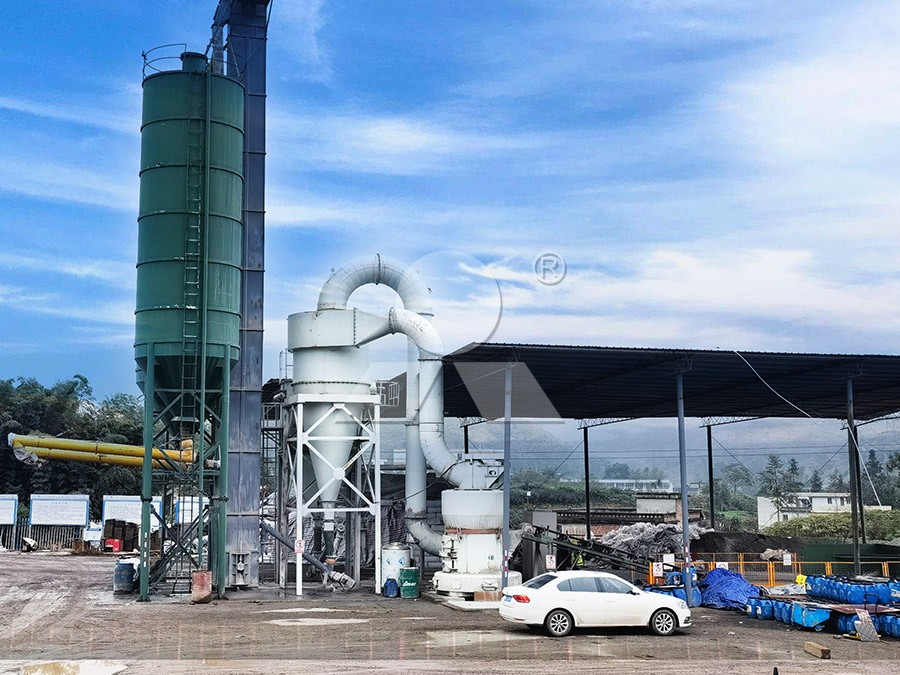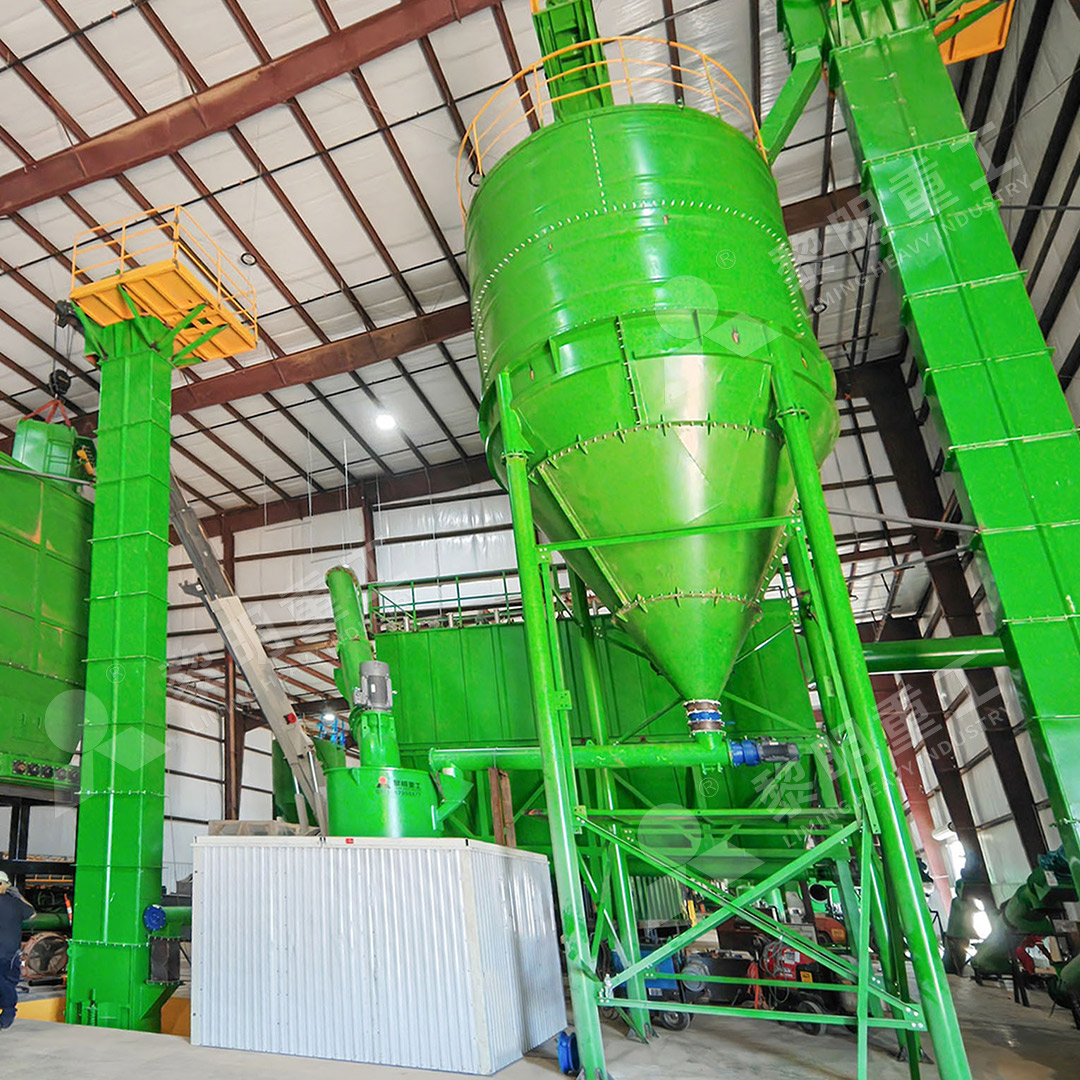3500 Mesh Quartz Sand Grinding Mill: Price and Technical Specifications
Unlocking Ultra-Fine Potential: The Quest for 3500 Mesh Quartz Sand
In the world of industrial minerals, achieving consistent ultra-fine grinding of quartz sand to 3500 mesh represents a significant technological challenge. This exceptional fineness level, equivalent to particles approximately 5 microns or smaller, demands specialized equipment capable of precise particle size control, energy efficiency, and reliable operation. For manufacturers seeking to produce high-purity quartz powder for advanced applications in electronics, optics, and high-performance composites, selecting the right grinding mill becomes paramount to both product quality and operational economics.

Technical Considerations for 3500 Mesh Quartz Processing
Quartz sand presents unique grinding challenges due to its high hardness (7 on the Mohs scale) and abrasive nature. Conventional ball mills or Raymond mills often struggle to achieve consistent 3500 mesh fineness while maintaining reasonable energy consumption and wear rates. The key technical requirements include:
- Precise particle classification systems capable of accurate cuts at micron levels
- Advanced grinding mechanisms that minimize contamination
- Efficient dust collection to maintain product purity
- Robust construction to withstand abrasive materials
- Energy-efficient operation to control production costs
Recommended Solution: MW Ultrafine Grinding Mill
For operations requiring consistent 3500 mesh quartz powder production, our MW Ultrafine Grinding Mill represents an optimal solution. This advanced system is specifically engineered for customers who need to make ultra-fine powder with precision and efficiency. With an input size capability of 0-20 mm and capacity ranging from 0.5 to 25 tph, the MW series handles quartz sand processing with remarkable effectiveness.
The MW mill’s innovative design features higher yielding capacity with lower energy consumption compared to conventional systems. Our newly designed grinding curves of grinding roller and grinding ring further enhance grinding efficiency, delivering production capacity 40% higher than jet grinding mills and stirred grinding mills under the same fineness and power conditions. The system energy consumption is just 30% of comparable jet grinding mills, representing significant operational savings.

Advanced Features for Superior Performance
What sets the MW Ultrafine Grinding Mill apart in 3500 mesh quartz applications is its adjustable fineness between 325-2500 meshes, with capabilities extending beyond this range for specialized requirements. The cage-type powder selector incorporates German technology, significantly increasing powder separation precision. Multiple cage-type powder selectors can be configured according to specific yield, fineness, and sieving rate requirements, with screening rates achieving d97≤5μm in a single pass.
The mill’s internal design eliminates rolling bearings and screws within the grinding chamber, addressing common failure points in conventional designs. This innovative approach prevents damage to bearings and sealing parts while eliminating machine damage caused by loose screws. The external lubrication system enables maintenance without shutdown, supporting continuous 24-hour production critical for high-volume quartz processing operations.
Environmental and Operational Benefits
Environmental compliance is increasingly important in mineral processing. The MW Ultrafine Grinding Mill addresses this through its integrated efficient pulse dust collector, ensuring no dust pollution during operation. Combined with silencers and noise elimination rooms, the system operates well within national environmental protection standards while maintaining worker comfort and safety.
For operations requiring even higher throughput or specialized configurations, our LUM Ultrafine Vertical Grinding Mill presents an excellent alternative. With input size of 0-10 mm and capacity of 5-18 tph, the LUM series integrates the latest Taiwan grinding roller technology and German powder separating technology, offering exceptional performance in ultrafine powder grinding applications.

Investment Considerations and Pricing Factors
Pricing for 3500 mesh quartz sand grinding systems varies based on capacity requirements, automation level, and ancillary equipment. While specific pricing requires consultation based on project parameters, the MW Ultrafine Grinding Mill delivers exceptional value through reduced energy consumption (30-50% lower than conventional systems), minimal maintenance requirements, and high availability rates exceeding 95% in typical quartz applications.
Frequently Asked Questions
What is the typical energy consumption for grinding quartz to 3500 mesh?
The MW Ultrafine Grinding Mill reduces energy consumption by 30-50% compared to conventional grinding systems, with specific consumption dependent on quartz hardness, moisture content, and production rate.
How does the mill prevent contamination of high-purity quartz?
Our grinding chamber design eliminates rolling bearings and screws that could introduce metallic contamination. The “no rolling bearing & screw in grinding chamber” design ensures product purity critical for electronics and optical applications.
What maintenance is required for continuous 24/7 operation?
The external lubrication system allows maintenance without shutdown, while the robust construction and accessible design minimize downtime. Typical maintenance intervals exceed 1,000 operating hours for most components.
Can the same mill process different materials besides quartz?
Yes, the MW Ultrafine Grinding Mill effectively processes various materials including limestone, calcite, dolomite, gypsum, barite, marble, talc, and other non-metallic minerals with similar hardness characteristics.
What particle size distribution can be achieved at 3500 mesh?
The advanced separation system achieves d97≤5μm with narrow particle size distribution, ensuring consistent product quality suitable for the most demanding applications.
